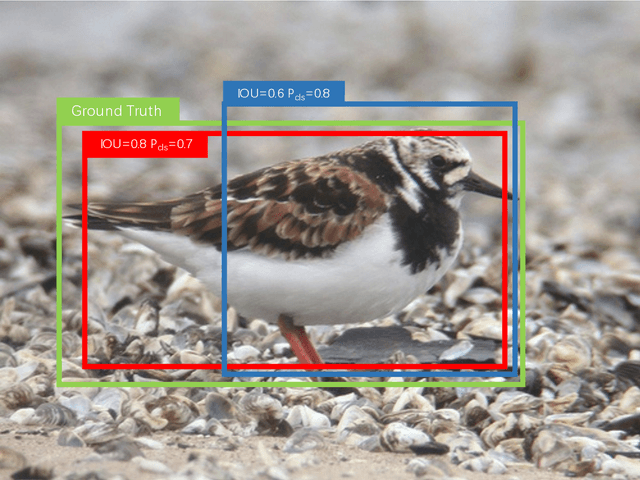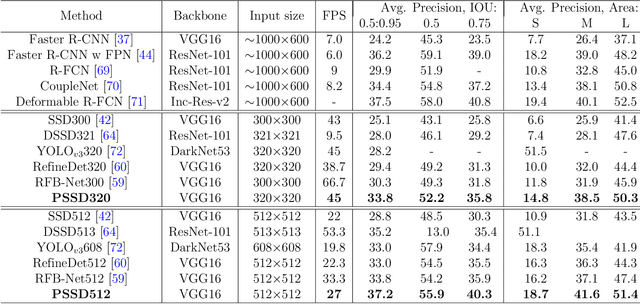Ramin Ranjbarzadeh
Understanding EEG signals for subject-wise Definition of Armoni Activities
Jan 03, 2023Abstract:In a growing world of technology, psychological disorders became a challenge to be solved. The methods used for cognitive stimulation are very conventional and based on one-way communication, which only relies on the material or method used for training of an individual. It doesn't use any kind of feedback from the individual to analyze the progress of the training process. We have proposed a closed-loop methodology to improve the cognitive state of a person with ID (Intellectual disability). We have used a platform named 'Armoni', for providing training to the intellectually disabled individuals. The learning is performed in a closed-loop by using feedback in the form of change in affective state. For feedback to the Armoni, an EEG (Electroencephalograph) headband is used. All the changes in EEG are observed and classified against the change in the mean and standard deviation value of all frequency bands of signal. This comparison is being helpful in defining every activity with respect to change in brain signals. In this paper, we have discussed the process of treatment of EEG signal and its definition against the different activities of Armoni. We have tested it on 6 different systems with different age groups and cognitive levels.
Precise Single-stage Detector
Oct 09, 2022



Abstract:There are still two problems in SDD causing some inaccurate results: (1) In the process of feature extraction, with the layer-by-layer acquisition of semantic information, local information is gradually lost, resulting into less representative feature maps; (2) During the Non-Maximum Suppression (NMS) algorithm due to inconsistency in classification and regression tasks, the classification confidence and predicted detection position cannot accurately indicate the position of the prediction boxes. Methods: In order to address these aforementioned issues, we propose a new architecture, a modified version of Single Shot Multibox Detector (SSD), named Precise Single Stage Detector (PSSD). Firstly, we improve the features by adding extra layers to SSD. Secondly, we construct a simple and effective feature enhancement module to expand the receptive field step by step for each layer and enhance its local and semantic information. Finally, we design a more efficient loss function to predict the IOU between the prediction boxes and ground truth boxes, and the threshold IOU guides classification training and attenuates the scores, which are used by the NMS algorithm. Main Results: Benefiting from the above optimization, the proposed model PSSD achieves exciting performance in real-time. Specifically, with the hardware of Titan Xp and the input size of 320 pix, PSSD achieves 33.8 mAP at 45 FPS speed on MS COCO benchmark and 81.28 mAP at 66 FPS speed on Pascal VOC 2007 outperforming state-of-the-art object detection models. Besides, the proposed model performs significantly well with larger input size. Under 512 pix, PSSD can obtain 37.2 mAP with 27 FPS on MS COCO and 82.82 mAP with 40 FPS on Pascal VOC 2007. The experiment results prove that the proposed model has a better trade-off between speed and accuracy.
 Add to Chrome
Add to Chrome Add to Firefox
Add to Firefox Add to Edge
Add to Edge